New Wilier Filante SLR ID2 claims to set new benchmark for WorldTour bikes with 2.42% faster aero
Stiffer, faster, and better than expected in 'real world conditions' the new Wilier Filante SLR ID2 claims to have left no stone unturned in the hunt for marginal aero gains
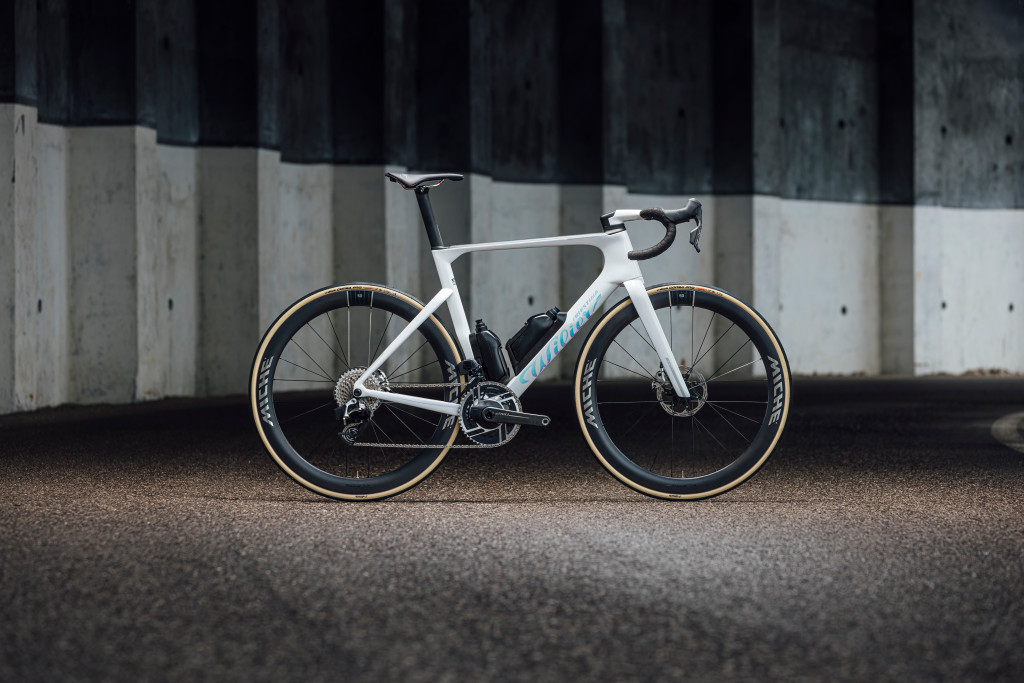

Wilier Triestina’s latest pro-level offering, the Filante SLR ID2, takes an already competitive road race bike, and promises significant aerodynamic advantages, delivered in partnership with Groupama - FDJ Cycling Team. The Italian designed bike, whose aerodynamics were verified in the Silverstone tunnel here in the UK, claims to deliver 4.5% reduction in drag over the outgoing model, with a rider on board.
Their white paper describes how testing at the Silverstone wind tunnel revealed a 13.6% reduction in drag for the bike alone, outperforming the expected 12% reduction based on computational fluid dynamics (CFD) simulations overall. This is no small feat, as real-world testing often yields less optimistic results. The bike achieves a 4.5% improvement in aerodynamic resistance compared to its predecessor, the Filante SLR ID1. Which means, for riders maintaining a speed of 40 km/h, this translates to a power saving of 14.15 watts, which if true, is substantial in a race scenario.
To put this in context, over a 70 km distance at a consistent effort of 290 watts, riders can expect to finish 1 minute and 45 seconds faster with the ID2 compared to the ID1. In the cutthroat environment of WorldTour races, where seconds can decide outcomes, these enhancements could provide critical advantages. Furthermore, direct comparisons with five competitor bikes showed the Filante SLR ID2 to have an average aerodynamic resistance coefficient that was 2.42% better than the five nearest "top of the range Worldtour" competitors.
A standout feature of the Filante SLR ID2 is the newly developed Aerokit system, developed with hydration experts Elite, who already make some of our favourite cage and water bottle systems, which addresses one of the trickiest areas in aero bike design: the down tube. By minimising the aerodynamic drag and reducing the exposure of water bottles to airflow, the Aerokit is designed to not only enhance performance but also integrates seamlessly with the bike’s aesthetic. With a total capacity of 1100 ml, the system is designed to function as a spoiler, stabilising airflow around the frame, measures which they claim can reduce drag by over two-thirds compared to traditional hydration systems. Interestingly, the improvements claim to deliver savings, even with round bottles. Essential in a stage racing scenario, where riders will need to refill with normal bottles.
The cockpit is also new, called the F-Bar ID2 cockpit, which Willier claims, offers a “tailored ergonomic experience for cyclists”. The bars do flare, with what Willier is calling an “Optimized Ergonomic Flare (O.E.F.), which they say, “enhances grip comfort without sacrificing aerodynamics”.
The fork has come in for some extensive work, although the changes aren’t blindingly obvious. The fork uses an external NACA sourced profile, with a flat internal face to reduce interactions and smooth air over the components of the wheel. There is also a new fin which shields the disc brake caliper hardware from the airflow and a closed axle design. Willier also claims to have improved the responsiveness of the fork, with improvements to the steerer cone coming into the crown. The previous version had a very stiff front end, and further stiffness here wasn’t required, so it will be interesting to see if the overall affect of the changes improves things here when we ride it. They also claim a 5.2% increase in bottom bracket stiffness over the outgoing model.
Other improvements to the seat post clamp, flushing that into the frame and out of the airflow and even a focus on redesigning the power meter magnet, to get that out of the airflow, contribute to the impressive aero claims.
The latest race content, interviews, features, reviews and expert buying guides, direct to your inbox!
The vast majority of the work appears to have been acheived at the front end and leading edges, where the headtube’s leading edge is similar to the outgoing version, but tapers back and narrows to keep more air attached for longer. Interestingly, the seat stays have been inclined 2.5 degrees, to smooth turbulent air leaving the bottles and riders legs, and they say this has improved efficiency at the rear end.
Stack and reach is ever so slightly longer and lower, at 559mm and 393mm respiectively, with a slight increase in the length of the rear end and overall wheelbase. Willier says this is to improve stability, but it also seems likely it's been done to accommodate the slightly improved capacity for wider tyres, up to 34mm in the new bike.
The bike ships with Miche Kleos 50mm deep wheelsets, in FD or standard trim. Prices for frame only are €5,800 (£5055.57 at today's exchange rate). No dollar pricing was provided.
Full builds can be specced with SRAM Force upwards, or Ultegra upwards, with power meter options. Pricing starts at €9,900 rising to €13,100 for a Campagnolo Super Record 13 equipped version.
The bike follows many high-end road bike launches this year where the outgoing bike has formed the solid base for incremental developments that feed into the new bike. We have requested a bike for review, and will report on our findings as soon as we have tested it.
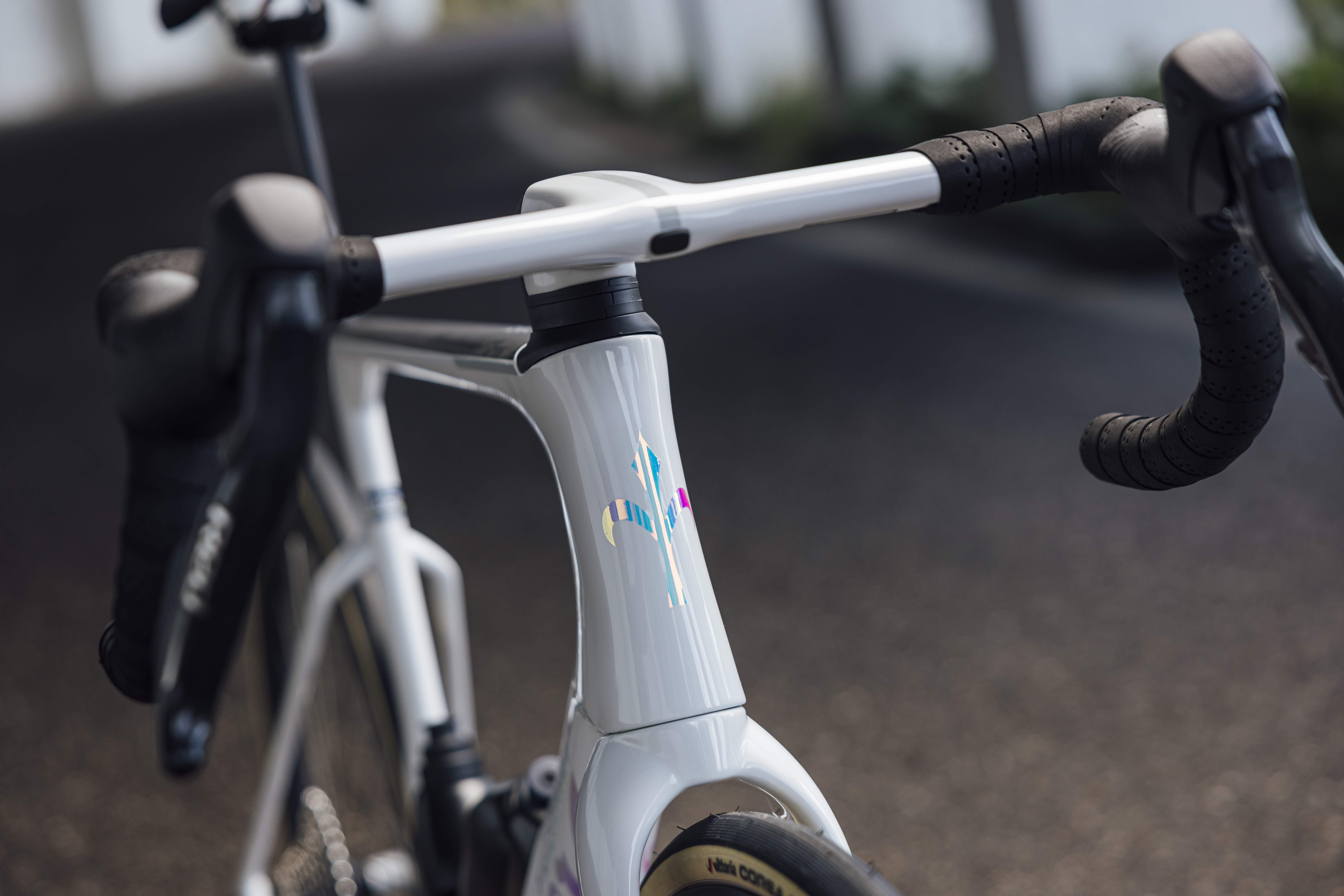
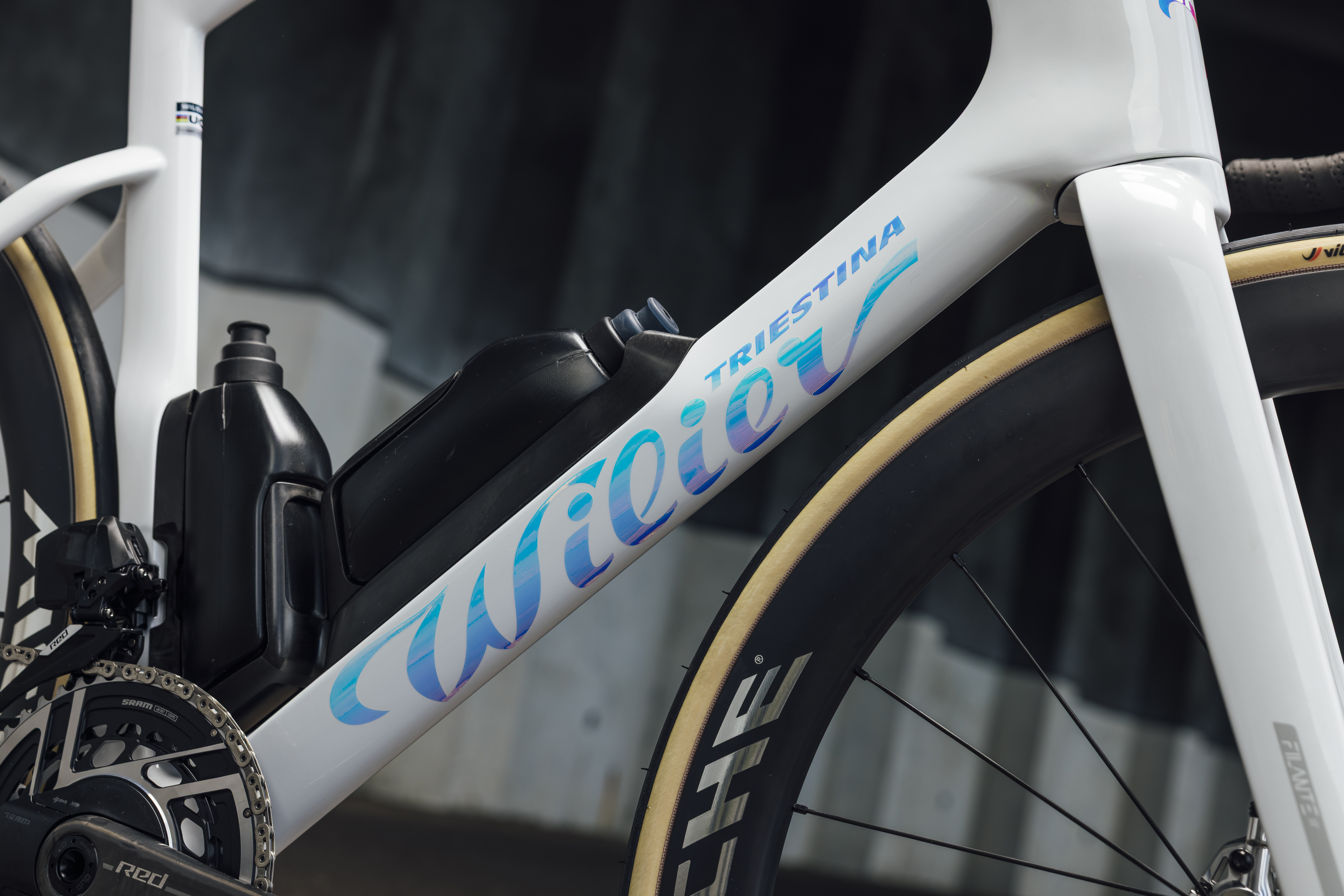
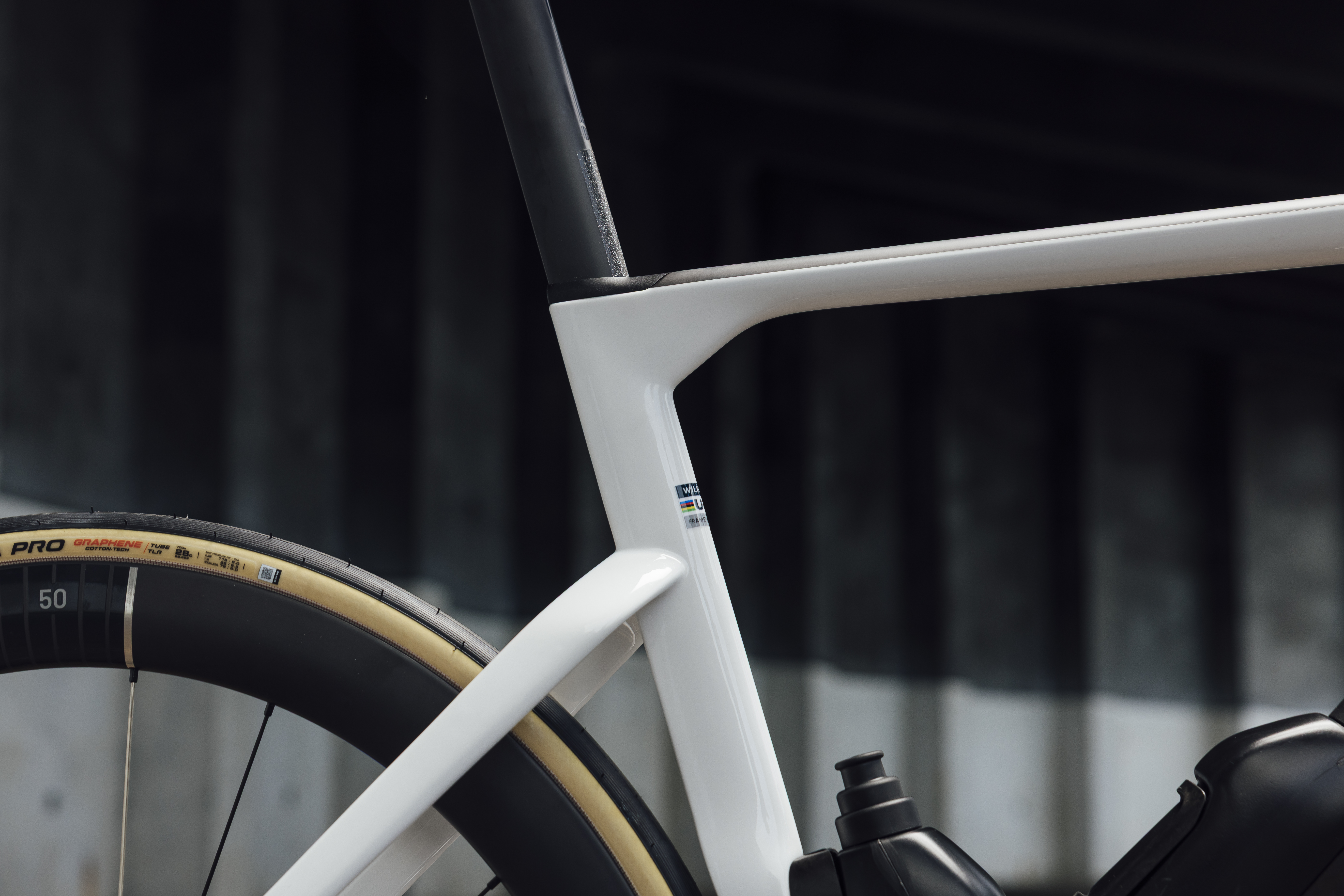
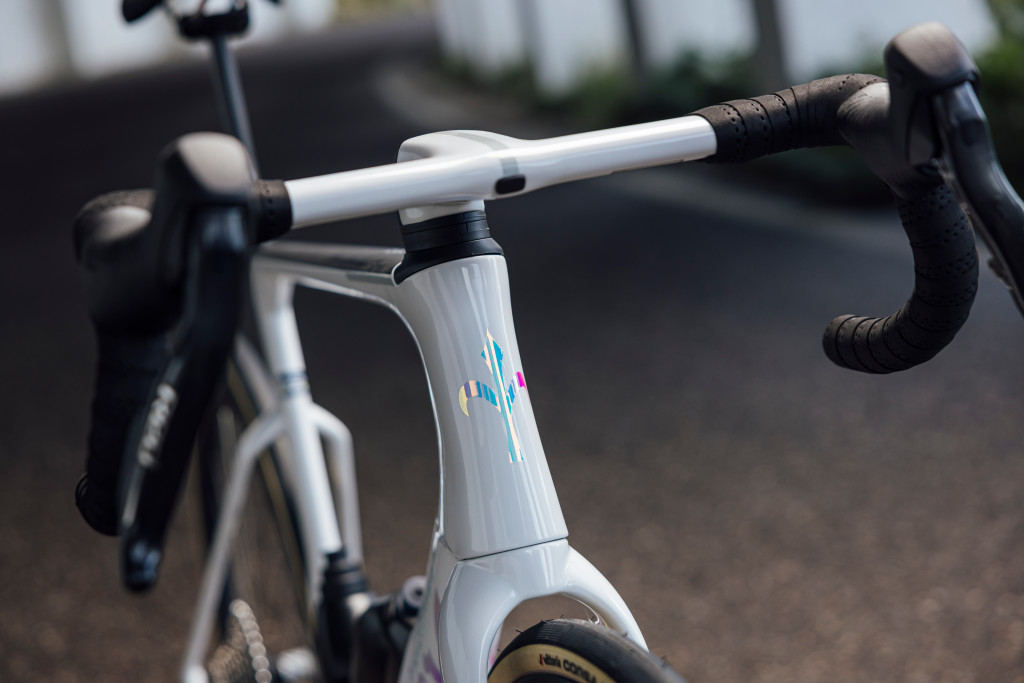
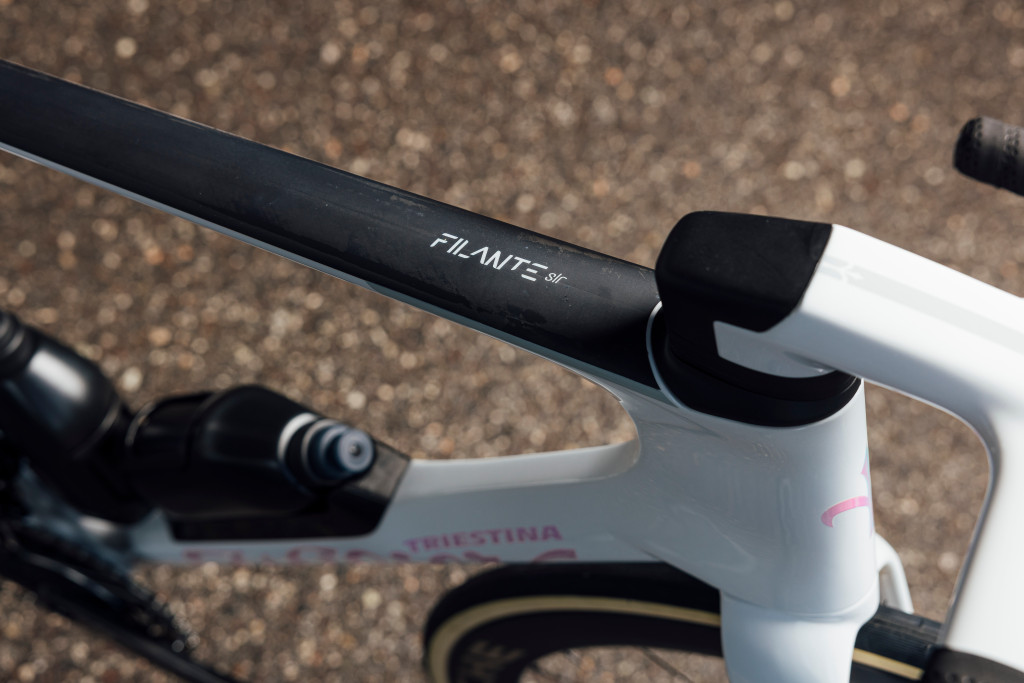


Andy Carr is the tech editor at Cycling Weekly. He was founder of Spoon Customs, where for ten years, him and his team designed and built some of the world's most coveted custom bikes. The company also created Gun Control Custom Paint. Together the brands championed the highest standards in fit, fabrication and finishing.
Nowadays, Andy is based in Norfolk, where he loves riding almost anything with two-wheels. He was an alpine ride guide for a time, and gets back to the Southern Alps as often as possible.
You must confirm your public display name before commenting
Please logout and then login again, you will then be prompted to enter your display name.